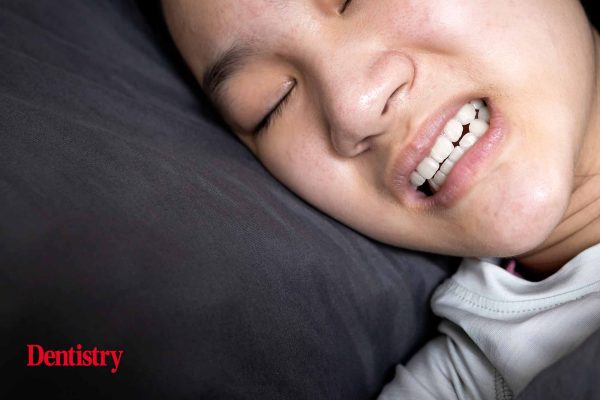Certain tooth shapes and locations in the mouth could well lead to temporomandibular joint (TMJ) problems as a result of bruxism.
This is according to a new study published in the Journal of Advanced Research.
Carried out at the University Clinic of Dentistry of the Medical University of Vienna, the study used a computer model of the masticatory region to investigate the impact of bruxism.
The research was based on the theory that particular combinations of tooth shape and location during grinding have an influence on the mechanical load on the temporomandibular joint. As a result, it can be considered a risk factor for TMJ disorders.
Dentistry’s top stories
- Sara Hurley confirms no change to SOP as self-isolation rules end
- Dentistry Census – full white paper available now
- Ask for Jesse – free oral hygiene products available in Boots to those in need
- Is there a crisis in dental nursing?
- The clinical guide to comprehensive Invisalign dentistry
The study simulated the effects of lateral grinding on the first molar and on the canine. It focused on six different wear facet inclinations, leading to a total of twelve simulated scenarios.
Decisive factor
‘Our results show that both the inclination and location of the wear facets have an influence on the strength of the mechanical load on the temporomandibular joint,’ says Benedikt Sagl, lead author of the study.
‘However, it would appear that the decisive factor is the steepness of the grinding facet. The flatter the tooth, the higher the loading on the joint and therefore the higher the risk of a TMJ disorder.’
An estimated 15% of the population grind their teeth while they are asleep.
Follow Dentistry.co.uk on Instagram to keep up with all the latest dental news and trends.


